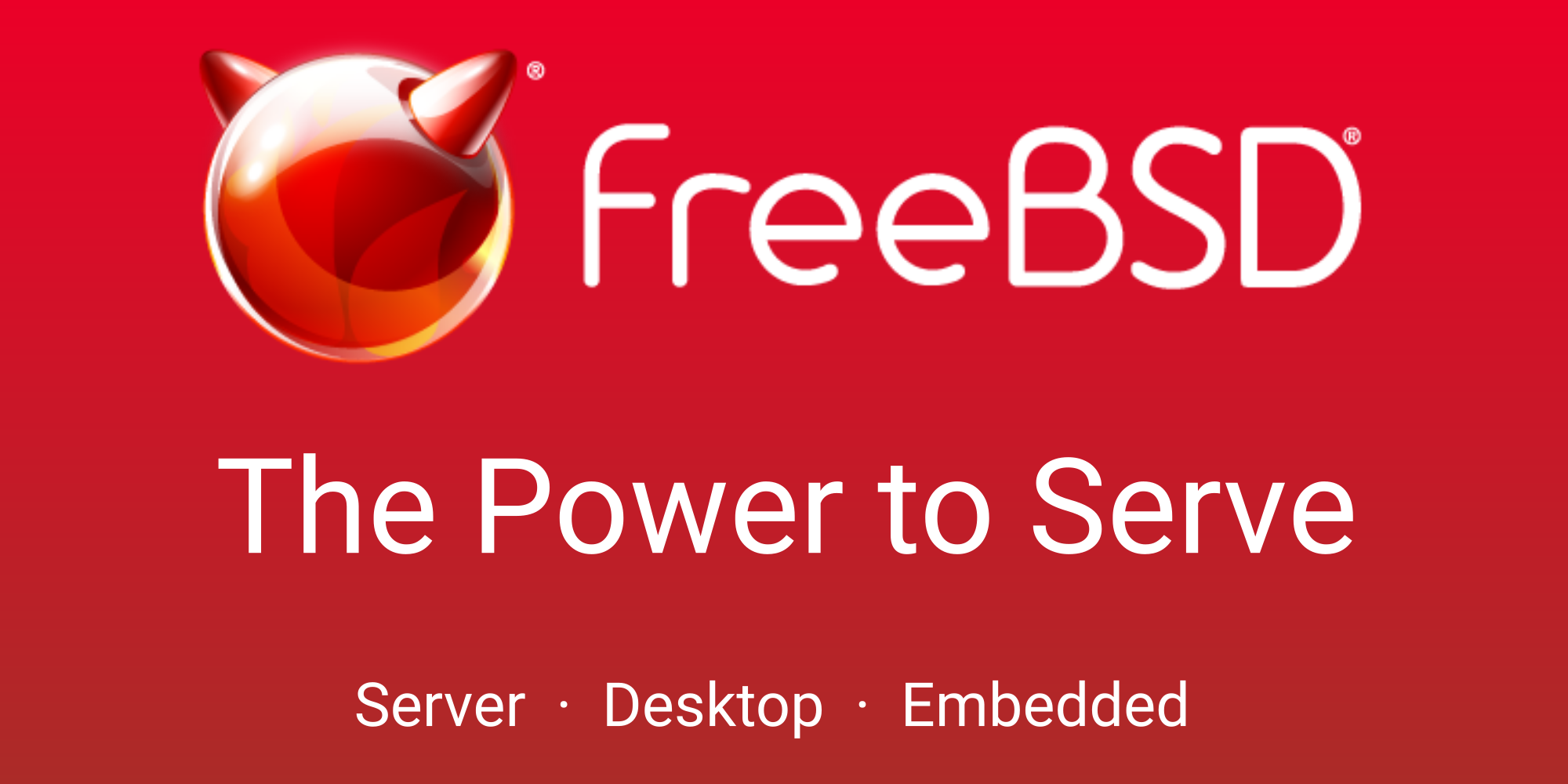I've buyed the full Alladin encription system (software and USB sticks).
In that case, you are their customer, and should contact their customer support with this question. In practice, do NOT do that.
Actually, please read the license agreement you entered into when you bought and started using the device. See whether it allows you to duplicate the device. My educated guess: it absolutely totally prohibits it. The attempt of doing so probably immediately invalidates the license agreement, and you have a brick in your hand. Matter-of-fact, if Aladdin find this thread and identifies you, my educated guess is that your device will stop working, and you will get a letter from their lawyers. The kind of letter you will have to take to your lawyer, because dealing with it yourself might be too damaging.
My question is devoted to see if it is easy "dd-ing", "cloning", "duplicate" (or what you want) these USB devices using the usual Unix tools (like dd).
Typical authentication devices are small CPUs with permanent (non-modifiable) storage, a little bit of writable storage, and an interface, in this case USB. They always have unique "serial numbers" (I'm using that term here, the reality is more complicated). When you bought it, it was registered: Mr. Vince 66 owns Aladdin stick serial number 12345, which is authorized to unlock the software FooBar. Typically, they have additional "factors" for authentication, for example a fingerprint reader, or enough storage that they can work with local password authentication. All the information that is used in the authentication process is typically tied to each other. So for example, if this device stores your fingerprint or (encrypted) password, it does so relative to its own serial number. So even if you type the same password into a different device, it will know that the password doesn't match serial number 98765.
The way such a device typically works is that it executes a rather complex protocol with some software (typically shipped with the device, sometimes open source, there are some standards). For example, the computer asks the device: "Hi, I have a user here who says that he is Vince 66, and he wants to start the software FooBar." Response: "Please ask the user to enter his password, and then give me the SHA-512 hash of the password, salted with the one-time value 97531". "He entered a password, and the salted hash is 0xDEADBEEF". "Please put up a window asking the user to touch the fingerprint reader". "Done". "Thank you, hashed password and fingerprint both match, you can now start the FooBar software". Obviously there are more complex protocols, like "are you there and what software do you authenticate for", or "please store these few bytes securely for me", or "the old password hash was 0xDEADBEEF, please change the password to PaSsWoRd".
Typically, encryption and authentication hardware is built such that it is virtually impossible to read out all of the information, much less duplicate it. For example, there is probably no protocol that allows you to get the serial number of the device. Matter-of-fact, I used to work in the semiconductor equipment industry in the area of chip inspection, and security devices are typically built such that even by physically disassembling the chip (etching off layer by layer), you can not get at the stored information. For example, it might be stored in EPROM, in such a fashion that if you etch the layer above the capacitor cells off, all the information drains, and the serial number reads as 00000. It it can be laser-etched during manufacturing into a very soft material (like a metallization layer), which is then planarized and capped with a hard material (like SiO), and there is no way to etch without damaging the soft material.
Matter-of-fact, the whole purpose of such a device is that it can not be duplicated or completely read out. If it would be easy, with a few commands, to create duplicates of these devices, then their main function (copy protecting expensive software, or authenticating users for secure computing) would become completely pointless, since then someone could just duplicate hundreds of them, and sell the software behind the back of the real software company.

